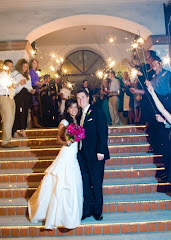For this activity, I took my content from the Utah 5th grade core curriculum. The content is in standard four, objective one. This content consists of teaching the children about different events that helped in the expansion of the U.S., one of these important events being Lewis & Clark's expedition.
The pedagogy in this project involves the children discovery how to use a new piece of technology that is very useful in the classroom. Using Google Earth is a good fit for this project because it allows the children to track important events that happened in history, contributing to the expansion of the U.S. They will have the opportunity to look up different sites and pictures as well as write journal entries, reflecting on how the travelers must have felt after accomplishing such a great feat.
As for the technology used, the children will use Google Earth. This is an amazing tool that is new to me, that allows us to view 3-D pictures of places all over the Earth, as well as find out information about these places. By using this tool, I believe the kids eyes will be opened to an even bigger world of technology than they have ever experienced.It was very exciting for me to learn, and I believe that they will have the same positive, enlightening experience as they discover the wonderful possibilities this technology has to offer.
Internet Interview
15 years ago




